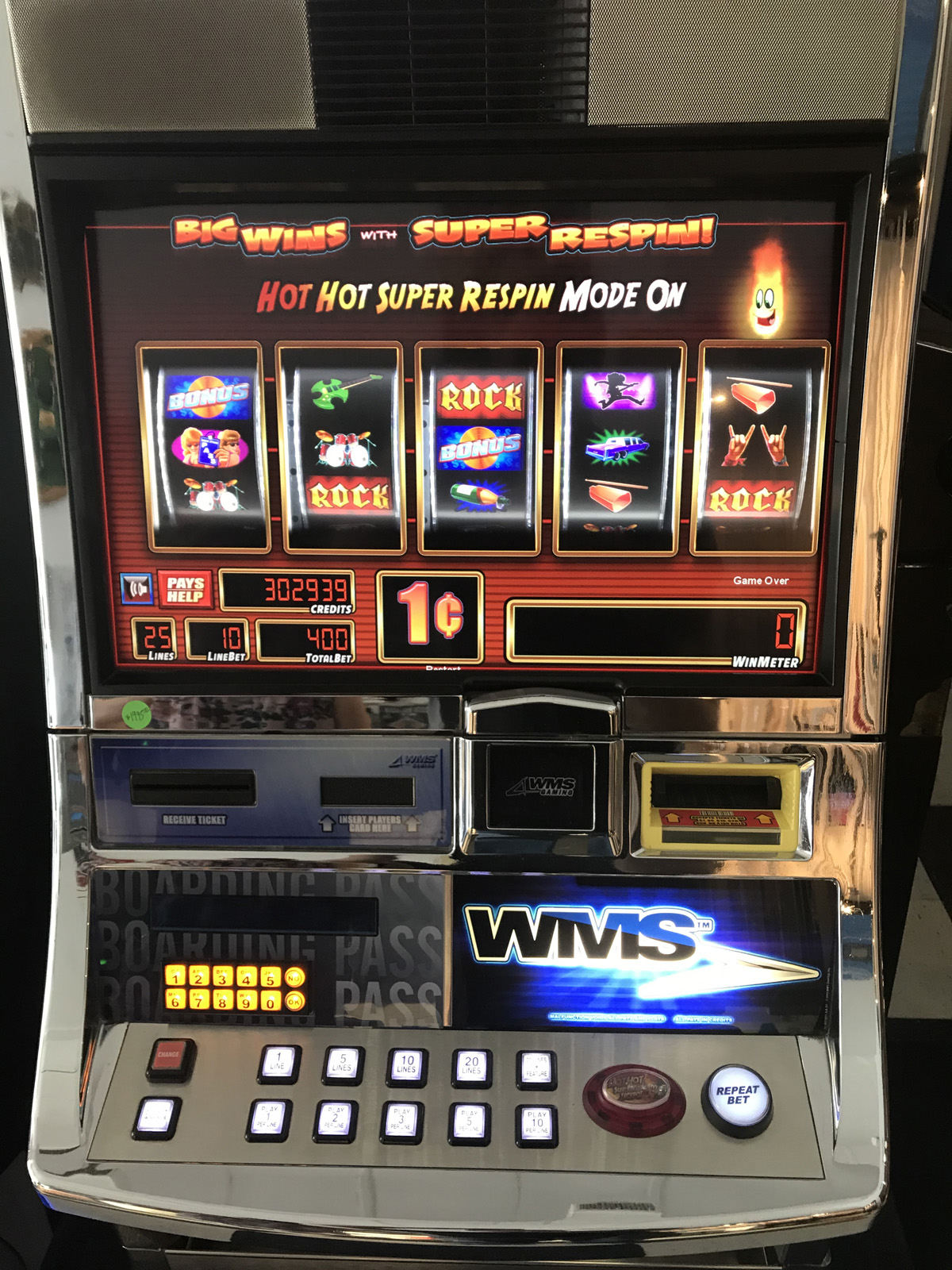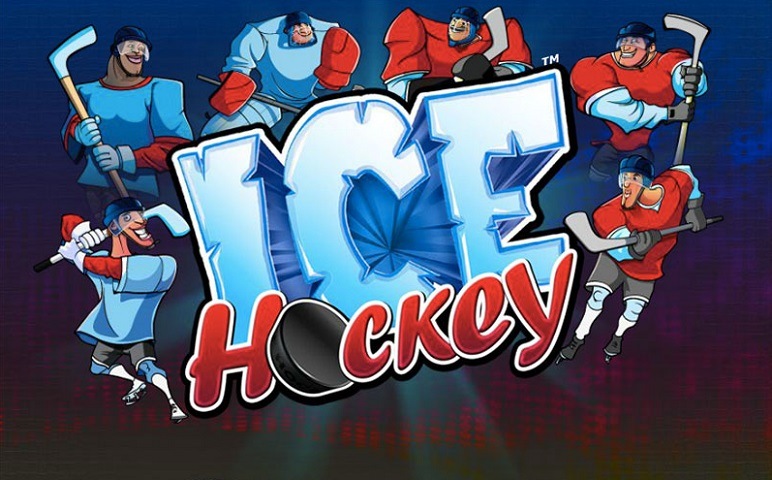Badia bigpicture for indesign 8 0 0. The world's greatest and most exciting game is easy to follow once you know a few basic rules and practices. Here is a brief guide to the essential ice hockey rules!
The slot in hockey is the name for the area in the between the two faceoff circles in the offensive zone. There are two different places considered the slot in the rink. Right in front of the goaltender and between the faceoff circles is considered the low slot. On the other hand, the area in the middle of the ice above the circles is the high slot. Slot - Definition of Slot from SportsDefinitions.com: The imaginary area on the ice in front of the goal.
Closing hand on puck
Any player, other than a goaltender, who catches a puck must immediately knock or place it back down to the ice. Any violation of this will result in a two-minute minor.
Faceoffs
All players take up set positions around one of five face-off circles on the ice. Only two players are allowed inside the circle during the faceoff. The location of the faceoff is determined by the cause of the last stoppage in play.
Delay Of Game
The following actions will result in a two-minute minor penalty for delay of game:
- Deliberately shooting or batting the puck outside the playing area
- Deliberately displacing the goal from its normal position
- Failure to provide the proper number of players on the ice surface after a warning from an official or for making an illegal substitution
Playing the puck with a high-stick
When an opponent bats a puck out of the air with a stick above shoulder height, play shall be stopped and a faceoff shall ensue. A goal scored by a puck that made contact with a stick that was above the height of the goal crossbar shall be disallowed.
Icing the puck
Nhl Games For Pc
Icing is when a player on his team's side of the red center line shoots the puck all the way down the ice and it crosses the red goal line at any point (other than the goal). Icing is not permitted when teams are at equal strength or on the power play. When this occurs, play is stopped and the puck is returned to the other end of the ice for a face-off in the offending team's zone. Icing the puck is not called:
- If the goalie leaves the crease to play the puck, even if he does not touch the puck
- If an official rules an opposing player could have played the puck before it crossed the red goal line
- An official may waive off the icing call if he deems it was an attempted pass
Offsides
A team is offside when any member of the attacking team precedes the puck over the defending team's blueline. The position of the player's skate — and not that of his stick — is the determining factor. If both skates are over the blueline before the puck, the player is offside. If he has only one skate over the blueline and one on it, he is onside.
Overtime
No deposit bonus codes for prism casino. Any regular-season game that ends regulation play with a tie score will go into a five-minute sudden-death overtime period. If at the end of that overtime period the game remains tied, the game will then go into a shootout. During the playoffs, there will not be a shootout and overtime periods will be 20 minutes in length.
Penalties
Player actions that violate the rules of the game may be given penalties at the discretion of the officials. Penalties are classified into three categories: minor, major and misconduct. For a minor penalty, players are required to serve two minutes in the penalty box while their team plays short-handed. A minor penalty will expire if the opposing team scores while on the power play. Major penalties require a player to serve five minutes in the penalty box and only expire at the end of that time. Misconduct penalties vary in length.
Penalty Shots
A penalty shot is awarded when a player is pulled down from behind on a breakaway scoring opportunity or when the net is deliberately dislodged by an opposing goaltender or defenseman.
Power plays
When one team has more players on the ice than the other team, because one player is serving a penalty.
Shootouts
Any regular-season game that ends overtime play with a tie score will go into a shootout. A shootout is a series of penalty shots in which each team is allowed three attempts to score in alternating fashion. If after three attempts the teams remain tied, the shootout will continue to alternate shots until one team fails to match the attempt of the other. The winner of the shootout will be awarded one goal.
Basic - Rink Diagram
(Click on parts of the Rinkbelow to learn more about that area)
Skill: Basic Rink knowledge
Purpose: Describe the basic layout and use of the rink.
Rink Directions - All directions are from the perspective of facing youropponent's goal.
North and South refer to the length of the rink (also up andback)
East and West refer to the width of the rink (also weak sidew/o puck and strong side w/ puck)
North - Heading toward your opponent's goal
South - Heading toward your team's goal
East - Heading toward your RW's board
West - Heading toward your LW's board
Defensive Zone - The area between your team's goal and theclosest Blue Line to your team's goal
Neutral Zone - The area between the 2 Blue Lines
Offensive Zone - The area between your opponent's goal andthe closest Blue Line to your opponent's goal

Left Lane (1) - This is the lane from the Left boardto the Left side of the SLOT. This lane is controlledand patrolled by the LW orplayer cycling into that position
Center Lane (2) - This is the lane that runs through theSLOT. This lane is controlled and patrolled by the C or player cycling into thatposition
Right Lane (3) - This is the lane from the Right board tothe Right side of the SLOT. This lane is controlled and patrolled by the RW orplayer cycling into that position
* The defensemen will divide the width of the rink in halffor their control and patrol.
Center Line - This line divides the length of the rink in half. At the beginning of each period and after any goals are scored the face off will take place in the Face-Off circle on the Center Line
Blue Lines - These lines designate the entrance into a team's Offensive or Defensive Zone. When entering your team's Offensive Zone, attacking your opponent's net, the puck must cross the Offensive Blue Line before any players of the attacking team including the puck handler. When protecting your team's Defensive Zone aggressive attack by the LD and RD should begin between the Defensive Blue Line and the top of the Defensive Face-Off Circles.
Red (Goal) Lines - These lines mark the goal line for the width of the rink. For a goal to be counted the puck must completely cross over the goal line into the goal with no portion of the puck resting on the line. In the Offensive Zone crossing the Red Line signifies that you have skated past the goal.
https://brokersdownload.mystrikingly.com/blog/this-is-vegas-casino. The SLOT - This is the area in the Offensive or Defensive Zone between theFace-Off Circles
High SLOT - This is the area between the Face-Off Circles that is closest to the Blue Line

Left Lane (1) - This is the lane from the Left boardto the Left side of the SLOT. This lane is controlledand patrolled by the LW orplayer cycling into that position
Center Lane (2) - This is the lane that runs through theSLOT. This lane is controlled and patrolled by the C or player cycling into thatposition
Right Lane (3) - This is the lane from the Right board tothe Right side of the SLOT. This lane is controlled and patrolled by the RW orplayer cycling into that position
* The defensemen will divide the width of the rink in halffor their control and patrol.
Center Line - This line divides the length of the rink in half. At the beginning of each period and after any goals are scored the face off will take place in the Face-Off circle on the Center Line
Blue Lines - These lines designate the entrance into a team's Offensive or Defensive Zone. When entering your team's Offensive Zone, attacking your opponent's net, the puck must cross the Offensive Blue Line before any players of the attacking team including the puck handler. When protecting your team's Defensive Zone aggressive attack by the LD and RD should begin between the Defensive Blue Line and the top of the Defensive Face-Off Circles.
Red (Goal) Lines - These lines mark the goal line for the width of the rink. For a goal to be counted the puck must completely cross over the goal line into the goal with no portion of the puck resting on the line. In the Offensive Zone crossing the Red Line signifies that you have skated past the goal.
https://brokersdownload.mystrikingly.com/blog/this-is-vegas-casino. The SLOT - This is the area in the Offensive or Defensive Zone between theFace-Off Circles
High SLOT - This is the area between the Face-Off Circles that is closest to the Blue Line
Low SLOT - This is the area between the Face-Off Circles that is closest to the Goal
This is the half-circle painted area in front of each goal. A goalie can only cover the puck when any part of his body is in the crease. A goal can be called off if an Offensive player is in the crease at the time the shot was scored.
Face-Off Circle/Dot - Theseare common points on the rink where Face-Offs will occur
Center Face-Off Circle - This is the Center Ice circle where all Face-Offs occur to begin a period or begin play after a goal is scored. Face-offs can also occur here after stop of play.
Offensive/Defensive Circles - These are the circles where all Face-offs occur after stop of play in these zones. Face-offs will also occur in the Defensive zone for a team that has 'Iced' the puck.
Where Is The Slot In Hockey League
Neutral Zone Dots - These are the Face-Off points in the Neutral zone when stop of play regulates that the puck is dropped outside of the Offensive or Defensive zone. The Face-Offs will also occur at these points for any stop of play in the Neutral zone.

